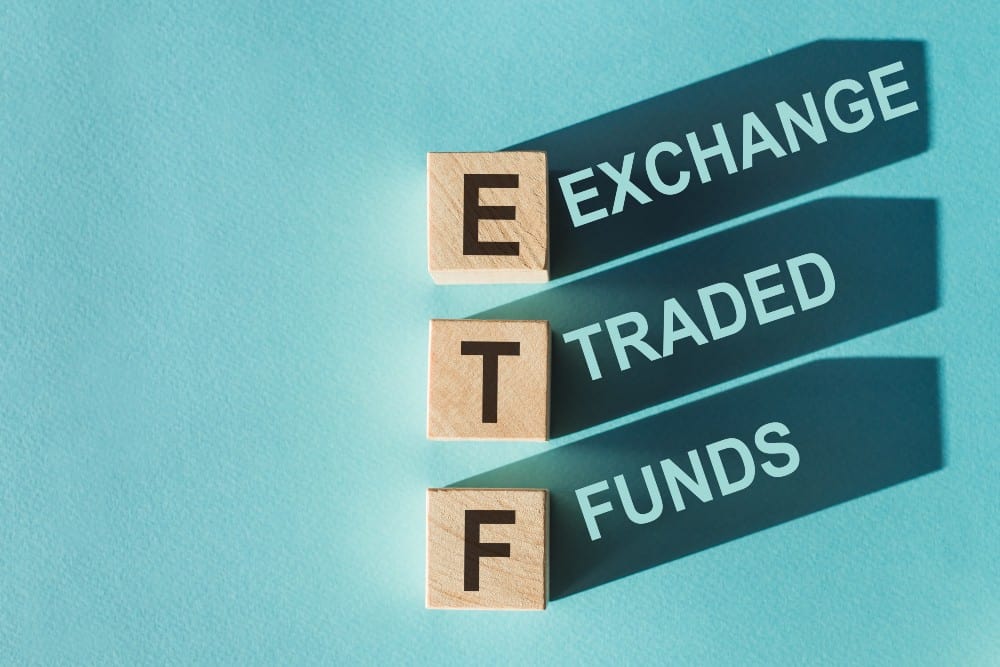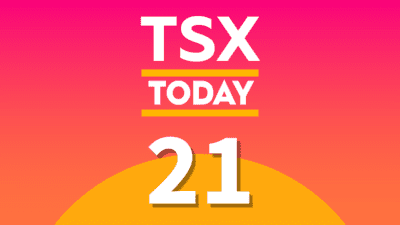It has been said that “diversification is the only free lunch in investing.” Rather than betting your portfolio on a handful of stocks, investors should buy stocks from all geographies, market capitalizations, and market sectors. This approach spreads out your risk and limits the chance of a single poorly performing stock tanking your entire portfolio.
However, diversification can be difficult to attain. Given that there are 11 GICS stock market sectors, as well as micro, small, mid, and large-cap stocks, and U.S., Canadian, international developed, and international emerging market stocks, how can the average investor buy all of them?
This problem is especially acute for new investors with a smaller account. Imagine being a college student with just $1,000 to invest in a TFSA. Diversifying by buying many different types of stocks would be very difficult, if not impossible.
Fortunately, the availability of exchange-traded funds, or ETFs eliminates this problem. Let’s look at how beginner investors can use ETFs to construct a well-diversified, complete investment portfolio with little money.
How ETFs work
An easy way to visualize an ETF is as a basket of different stocks (or bonds or commodities in some cases) that trade on an exchange with their own ticker, just like a stock. When you buy shares of an ETF, you gain exposure to all of its underlying stocks.
For example, an ETF might trade at a price of $50 per share and hold over 1,000 stocks in it. With your $1,000, you can buy 20 shares of that ETF and gain proportional exposure to all of its underlying companies. This way, you become diversified without the headache of buying 1,000 different stocks!
Passive ETFs
ETFs can be sorted into two types: active and passive funds. The former tries to outperform a benchmark by picking stocks based either on the manager’s discretion or a pre-set quantitative strategy that screens for certain metrics and ratios.
The latter holds stocks according to pre-determined rules, usually a stock market index published and managed by another organization. Compared to active ETFs, passive ETFs tend to be lower-cost and more suitable for beginner investors due to their simple and transparent strategies.
As mentioned earlier, ETFs come with a cost. This is known as the management expense ratio (MER). The MER is a percentage fee deducted from your investment on an annual basis. For example, an ETF that charges a 0.10% MER would cost an annual fee of 0.10 * $1,000 = $10 on your $1,000 investment.
Best ETFs for beginners
I personally love asset allocation ETFs. These are all-in-one complete stock portfolios managed on your behalf by a professional fund manager. They use a fund-of-funds structure by holding various other passively managed index funds. They have the following benefits:
- Extreme diversification: asset allocation ETFs hold stocks from U.S., Canadian, international developed, and international emerging markets. They hold small, mid, and large-cap stocks. They also hold stocks from all 11 market sectors.
- Low cost: Asset allocation ETFs charge a relatively low MER – anywhere from 0.20 – 0.24%. This covers the cost of the fund manager re-balancing the ETF on your behalf and paying out dividends.
- Behavioural advantages: Asset allocation ETFs allow new investors to stay hands-off and not have to worry about timing the market, predicting which stocks will do better, etc.
Asset allocation ETFs come in 100% stock versions. Popular ones include Vanguard All-Equity ETF Portfolio (TSX:VEQT), iShares Core Equity ETF Portfolio (TSX:XEQT), and BMO All-Equity ETF (TSX:ZEQT). These ETFs trade for less than $40 a share each but hold over 9,000 stocks!
A great way to use them is as the core of your portfolio, while supplementing with a few Canadian stock picks that could outperform (and The Fool has some great recommendations for those)!










